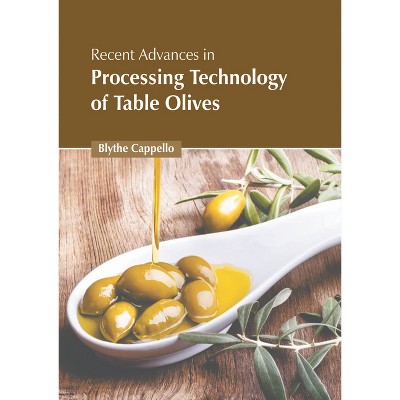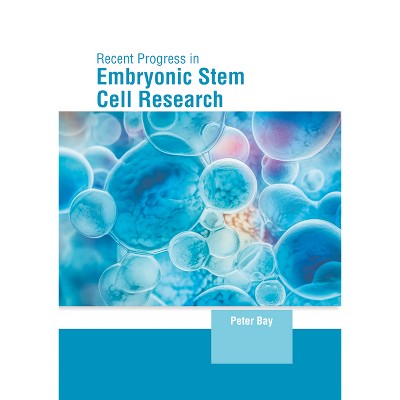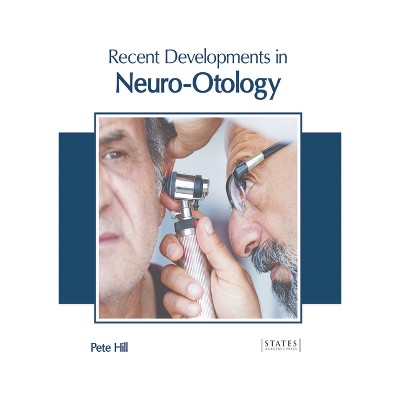$158.95 when purchased online
Target Online store #3991
About this item
Highlights
- Plankton communities are vital components of aquatic ecosystems, comprising a diverse range of organisms that drift in water columns.
- Author(s): Mike Shannon
- 243 Pages
- Science, Life Sciences
Description
About the Book
Plankton communities are vital components of aquatic ecosystems, comprising a diverse range of organisms that drift in water columns. They are broadly categorized into phytoplankton, which are photosynthetic, and zooplankton, which are heterotrophic. Phytoplankton, including diatoms, dinoflagellates, and cyanobacteria, form the base of the aquatic food web, converting sunlight and nutrients into organic matter through photosynthesis. This primary production supports a variety of marine and freshwater life forms. Zooplankton, such as copepods, krill, and jellyfish, feed on phytoplankton and other small particles, acting as intermediaries in the transfer of energy from primary producers to larger predators like fish and whales. Plankton communities are highly dynamic and influenced by various environmental factors such as temperature, light availability, nutrient concentrations, and water currents. Seasonal changes and climatic events like El Niño can significantly impact their composition and abundance. The health of plankton communities is crucial for maintaining biodiversity and the overall functioning of aquatic ecosystems. They play a significant role in biogeochemical cycles, particularly in carbon sequestration, as phytoplankton absorb atmospheric CO2 during photosynthesis. This book consists of contributions made by international experts. It will provide interesting topics for research, which interested readers can take up. Students, researchers, experts and all associated with plankton community studies will benefit alike from this book.Book Synopsis
Plankton communities are vital components of aquatic ecosystems, comprising a diverse range of organisms that drift in water columns. They are broadly categorized into phytoplankton, which are photosynthetic, and zooplankton, which are heterotrophic. Phytoplankton, including diatoms, dinoflagellates, and cyanobacteria, form the base of the aquatic food web, converting sunlight and nutrients into organic matter through photosynthesis. This primary production supports a variety of marine and freshwater life forms. Zooplankton, such as copepods, krill, and jellyfish, feed on phytoplankton and other small particles, acting as intermediaries in the transfer of energy from primary producers to larger predators like fish and whales. Plankton communities are highly dynamic and influenced by various environmental factors such as temperature, light availability, nutrient concentrations, and water currents. Seasonal changes and climatic events like El Niño can significantly impact their composition and abundance. The health of plankton communities is crucial for maintaining biodiversity and the overall functioning of aquatic ecosystems. They play a significant role in biogeochemical cycles, particularly in carbon sequestration, as phytoplankton absorb atmospheric CO2 during photosynthesis. This book consists of contributions made by international experts. It will provide interesting topics for research, which interested readers can take up. Students, researchers, experts and all associated with plankton community studies will benefit alike from this book.Dimensions (Overall): 11.0 Inches (H) x 8.5 Inches (W)
Suggested Age: 22 Years and Up
Number of Pages: 243
Genre: Science
Sub-Genre: Life Sciences
Publisher: States Academic Press
Theme: Marine Biology
Format: Hardcover
Author: Mike Shannon
Language: English
Street Date: August 25, 2025
TCIN: 1004856285
UPC: 9781639899197
Item Number (DPCI): 247-06-8073
Origin: Made in the USA or Imported
If the item details above aren’t accurate or complete, we want to know about it.
Shipping details
Estimated ship dimensions: 1 inches length x 8.5 inches width x 11 inches height
Estimated ship weight: 1 pounds
We regret that this item cannot be shipped to PO Boxes.
This item cannot be shipped to the following locations: American Samoa (see also separate entry under AS), Guam (see also separate entry under GU), Northern Mariana Islands, Puerto Rico (see also separate entry under PR), United States Minor Outlying Islands, Virgin Islands, U.S., APO/FPO
Return details
This item can be returned to any Target store or Target.com.
This item must be returned within 90 days of the date it was purchased in store, shipped, delivered by a Shipt shopper, or made ready for pickup.
See the return policy for complete information.












